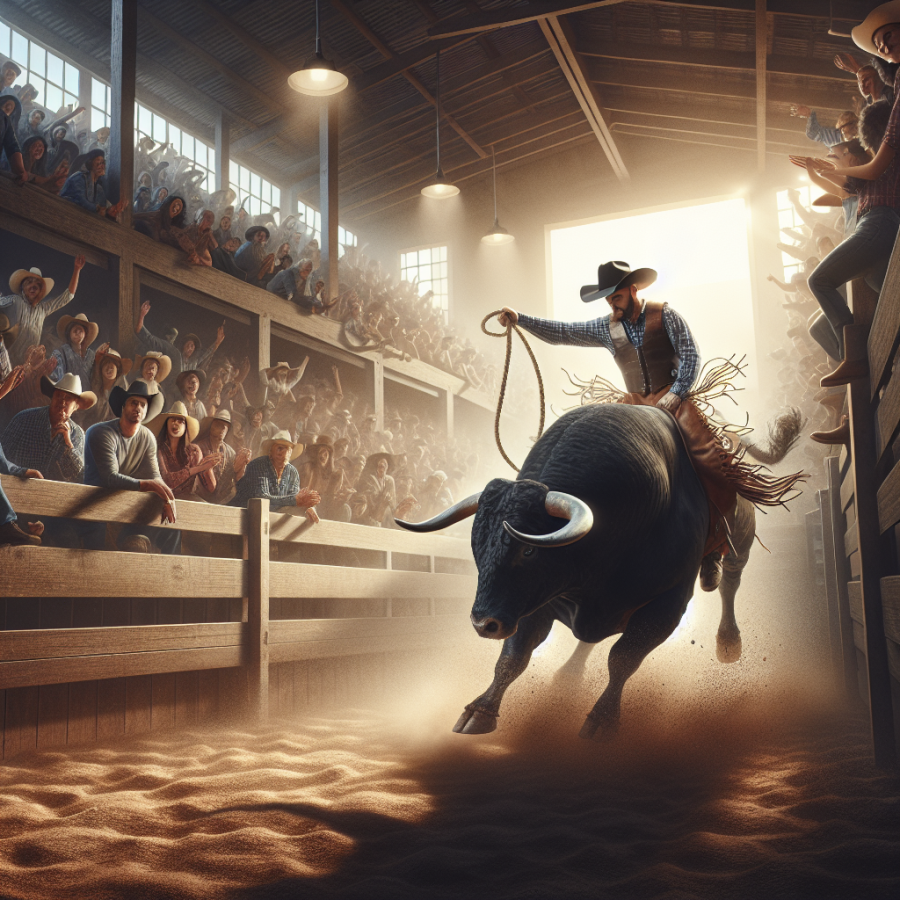Techniques and Training: Building Your Bull Riding Mastery
Embarking on the journey towards bull riding mastery is a pursuit that demands both physical and mental preparedness, paired with a commitment to ongoing learning and technique refinement. From understanding the fundamental riding techniques to engaging in consistent training routines, there are several key areas that aspiring bull riders must focus on to enhance their skills and performance.
Core Riding Techniques
The art of bull riding hinges on the execution of core riding techniques that lay the foundation for success. One of the most critical skills is the ability to maintain balance while atop a bull. This requires a rider to keep their center of gravity low and stay as close to the bull's center as possible. The use of a strong, yet flexible, grip with one hand on the bull rope while the free hand remains in the air for balance is an essential technique for staying mounted.
Another pivotal technique involves the rider's body positioning. Staying forward on the bull, with the chest out and shoulders back, enables the rider to absorb the bull's movements more effectively. The legs also play a significant role, with the rider using pressure from their knees and thighs to grip the bull's sides without necessarily clamping down, which allows for more fluid movement in harmony with the animal.
Training Regimens
Building bull riding expertise requires a rigorous and specialized training regimen that prepares the body for the extreme demands of the sport. Strength training forms a core part of this regimen, focusing on building powerful legs, a strong core, and resilient arms—all crucial for withstanding the sheer force of a bull's movement.
Cardiovascular fitness is equally important, as bull riding is an intense physical activity that can quickly elevate the heart rate. Riders often engage in high-intensity interval training (HIIT) to improve their stamina and ability to recover quickly.
Mental toughness is another facet of training that cannot be overlooked. Sports psychology techniques, such as visualization and positive affirmation, help riders to mentally prepare for a ride, maintain focus, and manage the fear and adrenaline that comes with facing a powerful bull.
Skill Development
Practicing actual bull riding is, of course, paramount to the development of skills. This can include training on live bulls in controlled environments, as well as utilizing mechanical bulls to replicate the movement patterns and allow for the refining of techniques. However, live-animal practice should always be conducted with the utmost regard for safety and under the guidance of experienced professionals.
Riders often review footage of their rides to analyze their form, timing, and decision-making.
Read also:
A Complete Rundown: The Number of D1 Baseball Teams in 2023
Cultivating the Right Mindset for Conquering the Bull
In bull riding, cultivating the right mindset is not just beneficial—it's essential. The sport presents one of the most formidable physical and psychological challenges, demanding a unique blend of courage, calm, and mental tenacity. For riders aiming to conquer the bull, their mental preparation is just as critical as their physical training.
One aspect of this mindset involves embracing a certain level of fearlessness. It's not about the absence of fear but rather the mastery of it. Bull riders often learn to channel their fear into focused concentration, turning adrenaline into an ally that sharpens their reaction times and enhances their performance.
However, one must tread carefully not to let fearlessness morph into recklessness. A successful bull rider respects the power and unpredictability of the bull. Acknowledging the inherent danger of the sport is key to maintaining the right balance between confidence and caution. By doing so, riders can approach each ride with the respect it demands, ensuring they never underestimate the challenge at hand.
Developing mental resilience is also imperative. Riders will get thrown off – it's an inevitable aspect of the sport. The right mindset cultivates the ability to bounce back, learn from each experience, and not be demoralized by setbacks. This resilience also includes managing pain and discomfort, as minor injuries are often part of the routine. Mental tenacity is what enables riders to push through the tough moments and maintain their focus on the ultimate goal.
Focus and visualization techniques are frequently utilized by top riders. Before ever mounting the bull, they can be found going over every possible move in their mind, envisioning successful rides, and mentally rehearsing their strategies. This mental practice helps to create muscle memory and build a strong psychological foundation that can make the difference between a winning ride and a near-miss.
Bull riders also cultivate a mindset of adaptability. Each bull is different, and every ride is unpredictable. The ability to quickly read and adapt to the animal's movements is crucial for staying on for those crucial eight seconds. A rigid approach can spell disaster; therefore, mental flexibility and a willingness to adjust on-the-fly are qualities that riders work hard to develop.
Lastly, a strong support system is part of a professional bull rider’s mindset. This sport is steeped in a culture of camaraderie, and the encouragement from fellow riders, coaches, friends, and family plays a significant role in maintaining high spirits and a positive attitude. It builds a psychological safety net that reinforces the rider's confidence and resolve.




